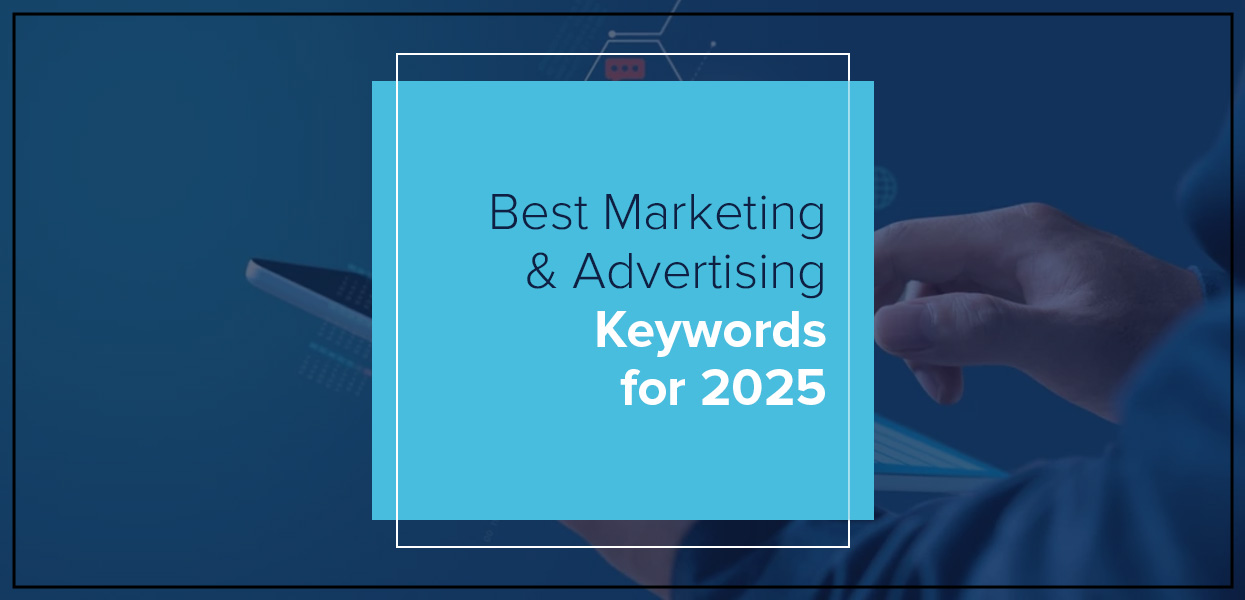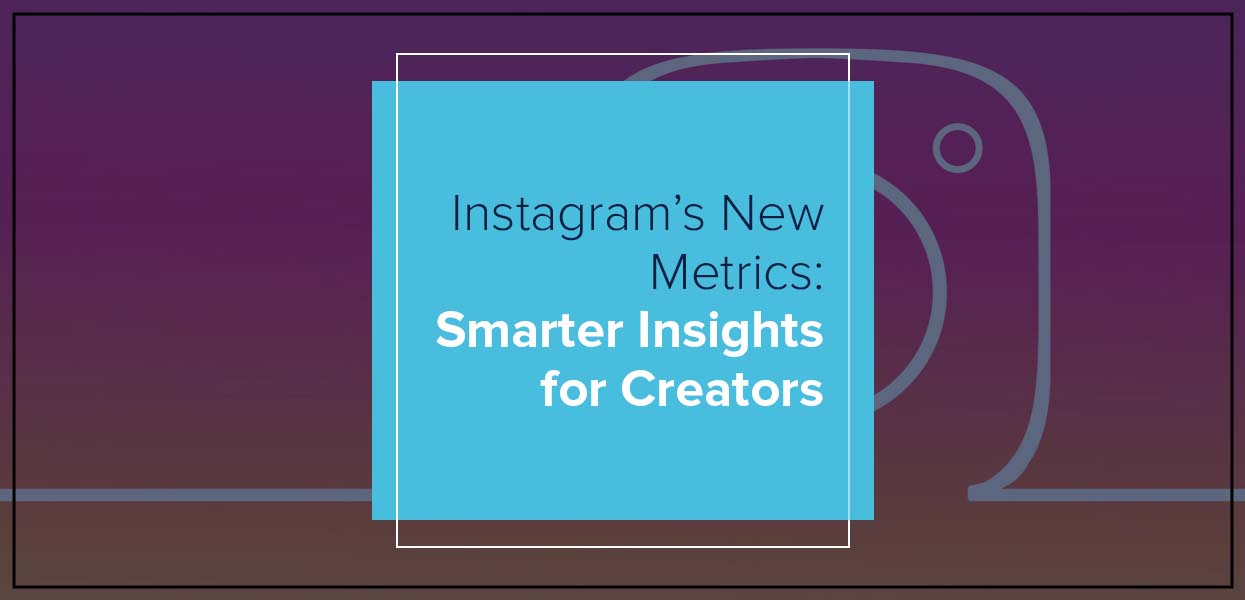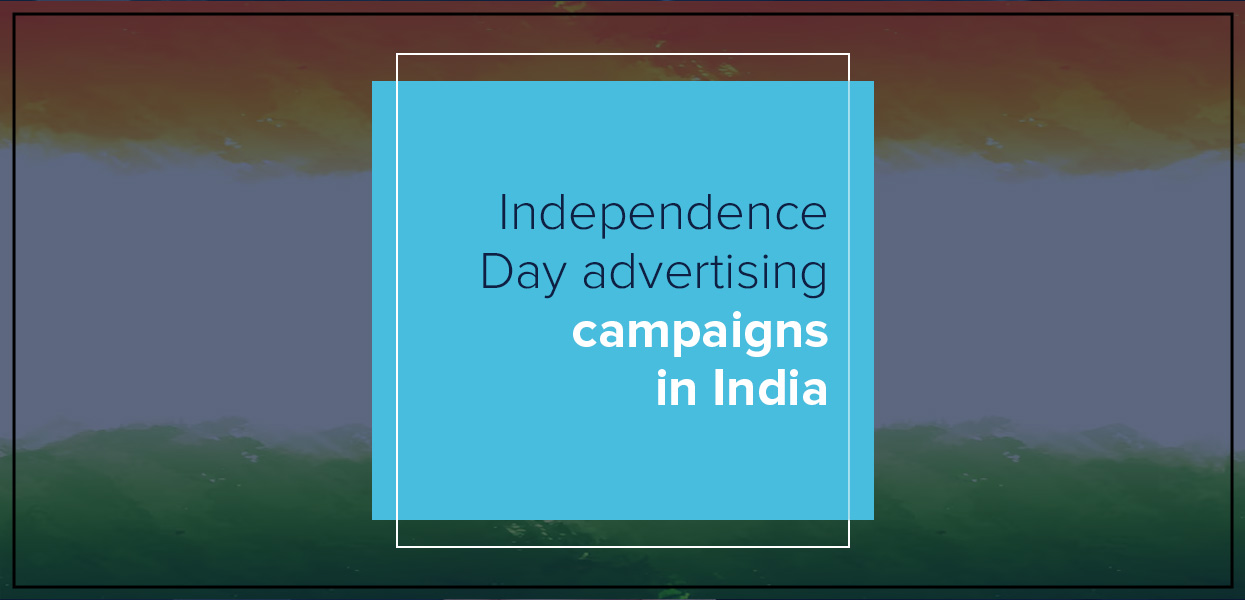The Impact of Grok AI on Marketing Strategies

Grok: An AI That Doesn’t Follow the Rules—Sounds Scary, Right?
Grok isn’t your typical AI. Unlike traditional models that prioritize neutrality, accuracy, and compliance, Grok thrives on rebellion. Developed by Elon Musk’s xAI, this AI is designed to challenge norms, push boundaries, and even inject a dose of sarcasm into its responses.
But in an era where brand perception is everything, is this unfiltered and unpredictable approach a marketer’s dream or a potential nightmare?
Let’s dive deep into the opportunities and risks Grok presents for the marketing industry.
Why Marketers Are Excited About Grok
Marketers aren’t just excited about Grok—they’re intrigued, fascinated, and maybe even a little terrified.
But why?
1. A Conversational Edge Like No Other
Traditional AI-powered chatbots and copywriting tools are programmed to be polished, diplomatic, and sometimes—let’s face it—boring. Grok, on the other hand, doesn’t play by the same rules. Its witty, unfiltered, and sometimes provocative tone could be a goldmine for brands looking to break away from the noise and craft marketing campaigns that truly stand out.
2. Hyper-targeted messaging with Real-Time Data
One of Grok’s standout features is its deep integration with X (formerly Twitter), giving it direct access to real-time conversations and trending topics. Unlike other AI models that rely on static datasets, Grok constantly learns from live data, allowing businesses to react swiftly to viral trends, industry updates, or shifts in audience sentiment.
For marketers, this means the ability to create hyper-relevant content that aligns with what’s trending right now.
Need to jump on the latest meme trend?
Want to craft an ad that ties into a breaking news story?
Grok makes this easier than ever.
3. Supercharging SEO and PPC Campaigns
Grok’s ability to analyze vast amounts of data and generate creative, engaging content could be a game-changer for digital marketing. In the world of SEO, it can assist with keyword research, topic clustering, and search intent analysis. Instead of churning out generic blog posts, it can craft compelling content that resonates with both users and search algorithms.
Similarly, for PPC campaigns, Grok can generate ad copies that are not just optimized for clicks but also infused with personality. Given its unconventional nature, ad creatives generated by Grok might cut through the monotony of traditional ads and drive better engagement rates.
The Dark Side of Grok in Marketing
While Grok offers several advantages, it also introduces significant risks. Marketers eager to harness its power must be cautious of the following pitfalls:
1. Data Privacy Concerns
Grok is deeply embedded within X’s ecosystem and automatically collects vast amounts of user data. This raises serious privacy concerns, particularly when it comes to compliance with regulations like GDPR, CCPA, and HIPAA. The fact that Grok relies on real-time social media interactions means that users’ data—including potentially sensitive information—might be used without explicit consent.
For brands that handle confidential customer data, using Grok for marketing could lead to legal liabilities. Businesses must ensure that they fully understand how Grok processes data before integrating it into their marketing workflows.
2. Misinformation and Bias
One of the biggest risks of using AI models trained on real-time data is the potential for misinformation. Investigations have shown that Grok, like many AI systems, can sometimes amplify biased or misleading content—especially in politically sensitive contexts.
For marketers, this means a risk of unknowingly spreading false or controversial information. If a brand relies on Grok for automated content generation without human oversight, it may end up sharing factually incorrect data, which can harm credibility and reputation.
3. Unfiltered Content: A PR Nightmare?
Grok’s rebellious nature is a double-edged sword. While it makes content more engaging, it also means that the AI doesn’t always adhere to traditional content moderation guidelines. Reports have surfaced about Grok generating inappropriate or controversial responses.
For brands that require a carefully curated tone, this unpredictability can be a major red flag. One inappropriate remark generated by the AI could lead to PR disasters, backlash on social media, or even legal troubles. Businesses using Grok must have a strong content moderation process in place to ensure brand safety.
4. Vendor Lock-In with Musk’s Ecosystem
Grok is tightly integrated with Elon Musk’s digital empire, particularly X. While this provides access to valuable real-time insights, it also means that businesses that don’t operate within Musk’s ecosystem may face challenges integrating Grok into their existing marketing stacks.
For companies that primarily rely on platforms like Facebook, Google, LinkedIn, or TikTok for their marketing efforts, Grok’s utility could be limited. This raises the risk of vendor lock-in, where businesses become overly dependent on a single platform with restricted flexibility.
5. High Operational Costs
Running advanced AI models like Grok requires significant computational resources, which translates to high operational costs. For large enterprises with robust budgets, this may not be an issue, but for smaller businesses or startups, the financial burden could be substantial.
Moreover, Grok’s access to real-time data means continuous API calls, which could add additional costs for businesses using third-party analytics and automation tools. Companies must weigh the cost-benefit ratio before making Grok a core part of their marketing strategy.
6. Content Quality and Reliability Issues
AI-generated content is not always reliable, and Grok is no exception. While it excels at crafting witty, engaging responses, it is still prone to hallucinations—producing factually incorrect or nonsensical information.
Marketers who rely too heavily on Grok without proper fact-checking could risk publishing inaccurate or misleading content. This is particularly concerning for brands in industries like finance, healthcare, or law, where accuracy is non-negotiable.
The Verdict: Is Grok the Future of Marketing AI?
Grok is undeniably a fascinating innovation in the AI space. Its bold, rule-breaking approach offers unique advantages for marketers looking to create edgy, engaging, and viral content. Its real-time data analysis capabilities can help brands stay ahead of trends and capitalize on moments of cultural relevance.
However, the risks cannot be ignored. Privacy concerns, misinformation issues, unfiltered content, and high operational costs make Grok a risky tool for businesses that prioritize brand safety and compliance. For some, it may be an experimental playground—useful for brainstorming and creative ideation. For others, it might be a liability waiting to happen.
So, should marketers embrace Grok?
The answer depends on your brand’s risk tolerance. Grok could be an exciting addition to your marketing arsenal if you’re willing to navigate the unpredictability, moderate the content, and take advantage of its conversational edge. But if precision, accuracy, and reputation management are your top priorities, a more controlled AI solution may be the better choice.
One thing is certain—Grok is shaking things up. Whether it will redefine marketing AI or fade into tech history remains to be seen.
But for now, marketers must ask themselves: Do they dare to unleash the rebel AI?
For more such updates, follow Uniworld Studios!
Categories
- Digital Marketing
- Website Development
- Graphic Design
- Content Writing
Latest Posts
-
- Essential Marketing & Advertising Keywords 2025



